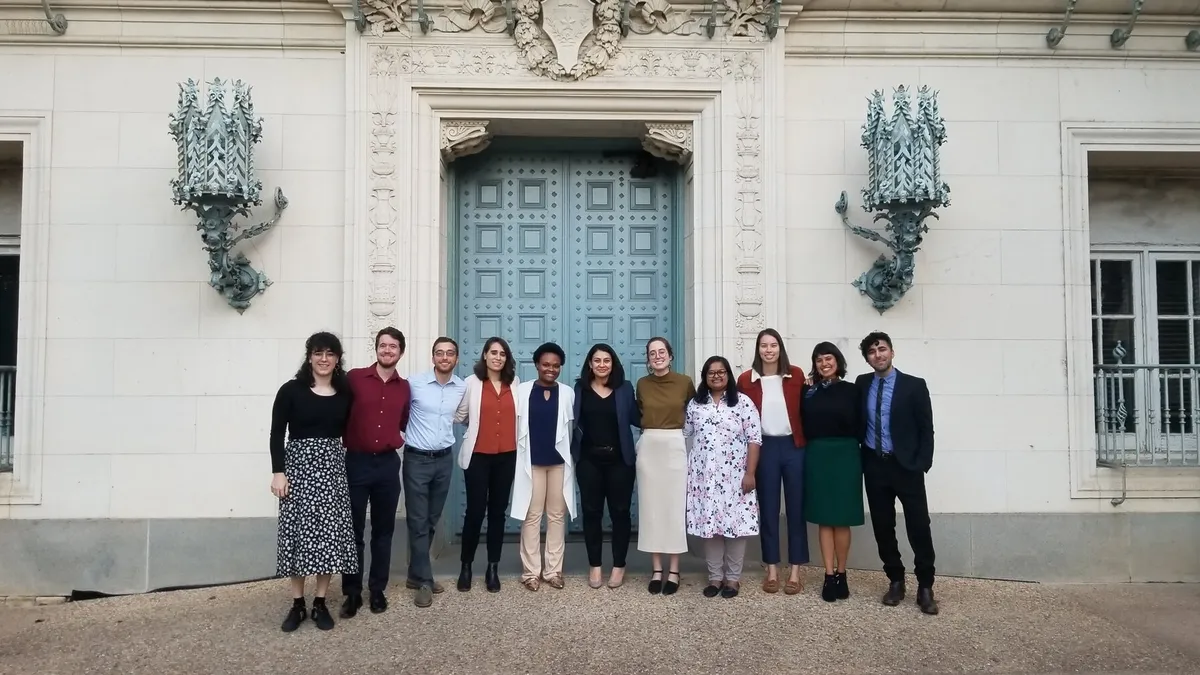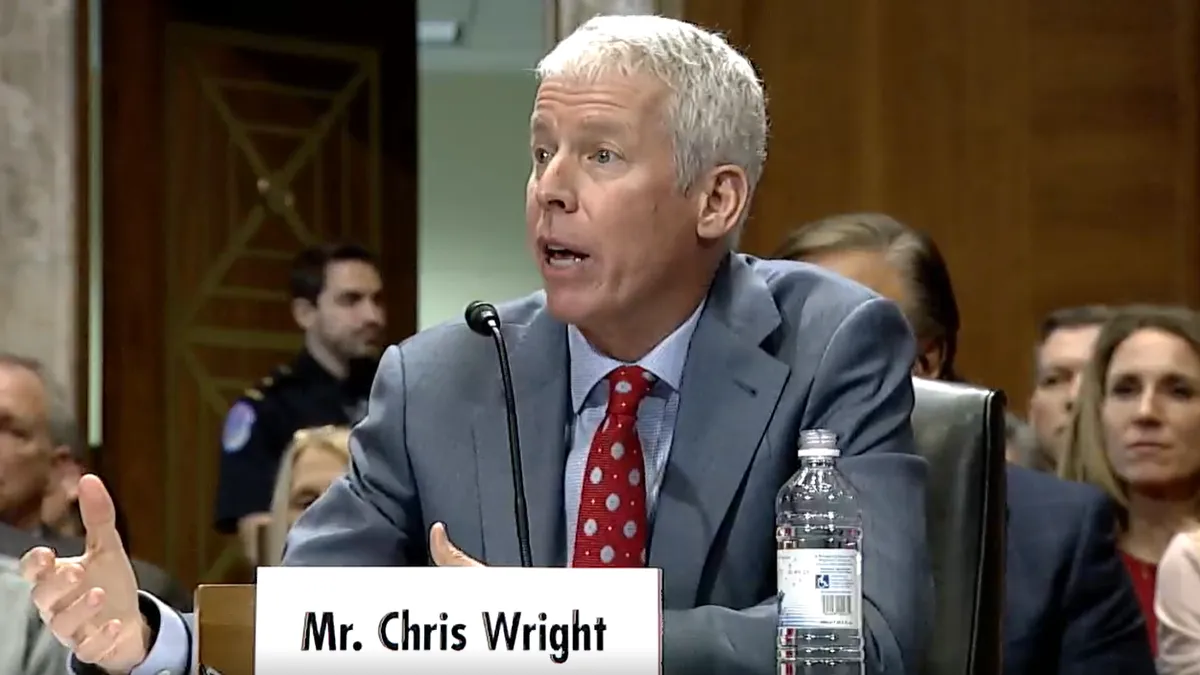The University of Texas at Austin (UT-Austin) School of Architecture recently teamed up with Austin Water to address how the public utility can support racial equity through its policies and services.
Last fall, 10 graduate students participating in Assistant Professor Miriam Solis' Community and Regional Planning practicum worked with staff from Austin Water and the Austin Equity Office to research the city's racial equity challenges and opportunities.
The students' award-winning analysis resulted in a series of recommendations for the city to improve the racial equity of its waterways, some of which have already resulted in local programming improvements, providing critical support for the city’s sustainability and racial justice goals.
"Historically, racial equity has been viewed as a separate domain and is not central to water policy and operations," Solis said. "We're seeing a shift in utilities recognizing the community and economic implications of their work."
Approaching water equity through a new lens
Much of the policy work to date regarding water equity has been considered an issue of accessibility, according to Solis. Now, water equity is more often being linked to questions of affordability and the cumulative impacts of growing housing and utility costs, in addition to how the services are delivered, she said.
The partnership approached the issue of water equity through that broader lens of three programs and policy areas: Austin Water's Customer Assistance Program (CAP); the implementation of advanced metering infrastructure (AMI); and the design and recruitment of a career program for individuals formerly incarcerated.
Expanding the CAP
Water bills, which are typically low-cost compared to electricity and other utilities, are steadily rising, said Austin Water Assistant Director Randi Jenkins. "Given the rising costs of living in Austin, it is increasingly likely that water costs will lead to hardship and displacement as part of an overall picture of rising costs," the report reads.
Only 228 of 795 utilities in the U.S. (28.7%) offer a CAP program to help low-income individuals afford the increasing price of water bills, according to the report. Austin offers such a program, but the student research identified some areas for improvement. For instance, the equity assessment found the city’s CAP "unintentionally excludes some communities by offering discounts for low-income residents in single family housing, but not those living in multifamily housing."
Leaving out multifamily residential units has negative consequences for the city’s low-income communities of color, as a majority of those enrolled in CAP live in areas that are predominantly Black and/or Latinx. Fifty-two percent of Austin’s Black households and 43% of its Latinx households live in multifamily units, according to the report.
To reach more qualified residents, the students recommend Austin Water conduct targeted outreach, adopt a "mix of eligibility processes" and gather demographic information. Following those recommendations, Jenkins said Austin Water will move forward with "seeking council approval late this fall on a multi-family CAP discount program."
Tapping into AMI
Austin Water is also currently piloting AMI, including digital water meters and associated wireless communication networks. The city is using 5,000 automated meters in the pilot phase, and will eventually move to 250,000 meter exchanges in its entire service area, according to Jenkins.
The AMI touts benefits like producing more detailed and accurate data, allowing for advanced analytics to predict water demand and target conservation efforts. But the system does have a potential downside: highwater water bills. In fact, the report says water rates could increase up to 15%, placing additional burden on Austin Water's low-income customers — many of whom are people of color.
To maintain the affordability of water bills, the students recommended that Austin Water communicate proactively to allow customers the opportunity to adjust water consumption as-needed; introduce flexible billing options and provide custom water-usage alerts. As part of those recommendations, Austin Water is implementing an Equity Action Plan to go hand-in-hand with the pilot rollout, according to Jenkins.
"Long gone are the days where a multi-language communication approach is what’s considered equitable," Jenkins said.
Training programs for returning citizens
The report also recommends a reentry program for individuals who are formerly incarcerated, a population that's also disproportionately comprised of people of color.
There were 65,114 "returning citizens" in Texas in fiscal year 2018, the report found. While Black residents make up 12.8% of Texas' population, they account for 33% of the incarcerated population.
To address that inequity and recommend a path forward for Austin Water, the students evaluated reentry programs in other cities including Philadelphia, Atlanta and Little Rock, AR. Their recommendations for Austin include: identifying positions and career pathways suitable to reserve for returning citizens; consulting returning citizens to design and manage the program; budgeting for a reentry program and partnering with the city’s equity office.
These actions could represent a marked change in the ways utilities recognize their local economic impacts, Solis said. "By and large, utilities across the country have a lot of room to grow in this area," but lack the needed support to effectively engage in these conversations, she said.
Advancing racial equity requires engaging people with community expertise and having a deep understanding about how racism functions in our society, according to Solis.
"Most water utilities don’t have that kind of expertise," she said. "Although I think there's a growing willingness to develop it or develop the kinds of partnerships that enable them to do that work."




















